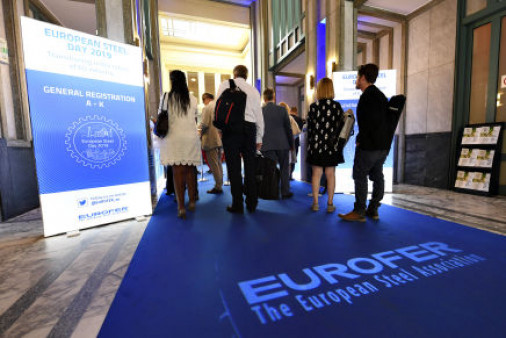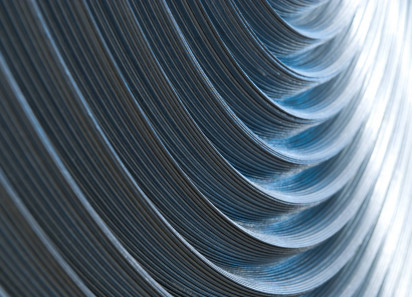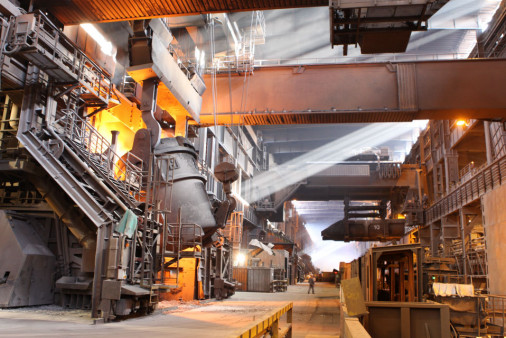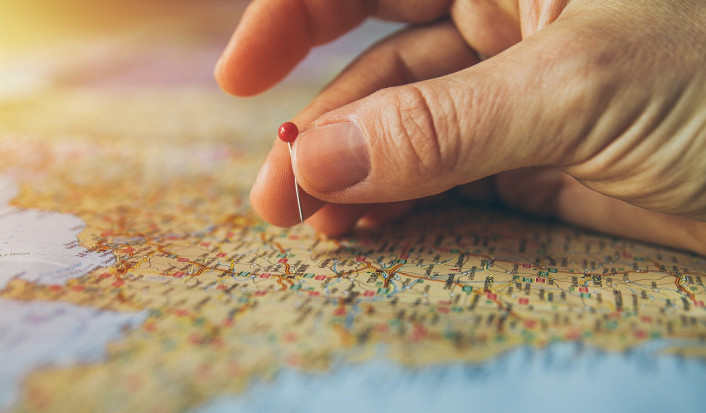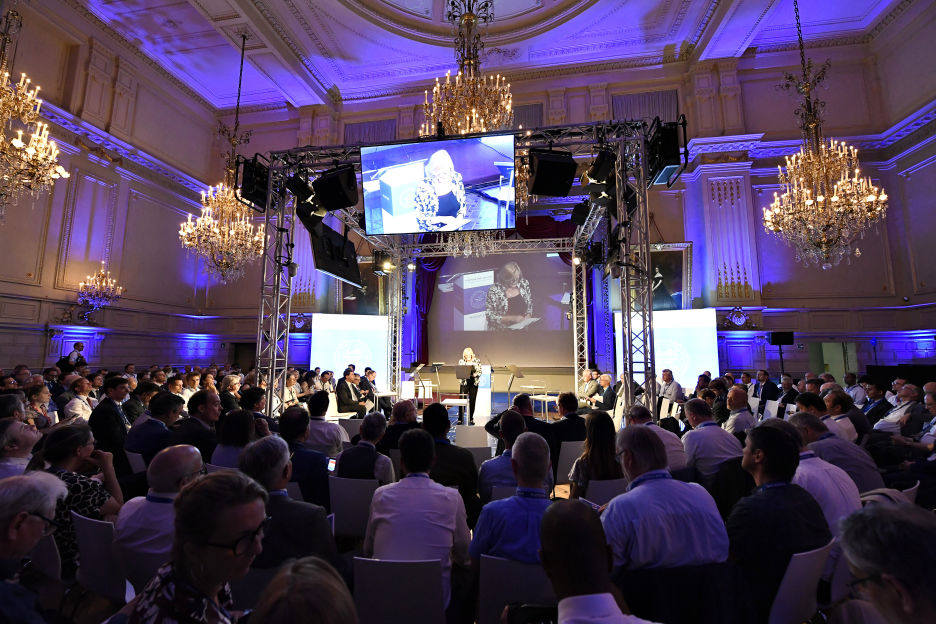About the European Steel Association (EUROFER)
The European Steel Association has been promoting the steel industry in Europe since 1972
The European Steel Association (EUROFER) AISBL is located in Brussels and was founded in 1976. It represents the entirety of steel production in the European Union.
The European Steel Association's members are steel companies and national steel federations throughout the EU. The major steel companies and national steel federation of Turkey and the United Kingdom are associate members.
The European Steel Association is recorded in the EU transparency register: 93038071152-83.
The European Steel Association is led by a Director General, supported by around twenty full time staff. The presidency of the European Steel Association is held on a rotating basis its members.
